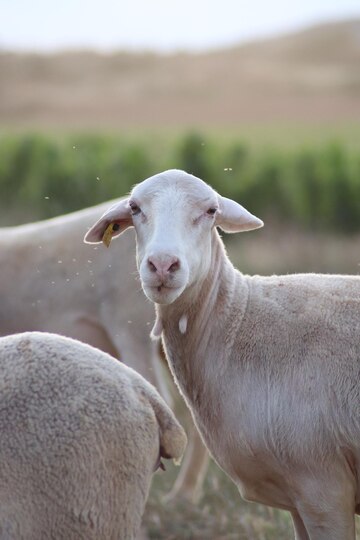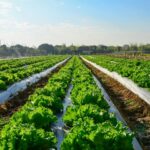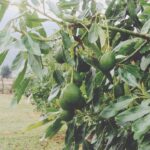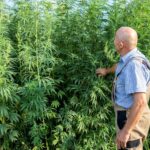Van Rooy sheep, with their distinctive appearance and excellent adaptability to various climates, have become a prominent choice for sheep farmers in South Africa. Originally bred in the early 20th century by J. C. van Rooy, these sheep are known for their unique characteristics that make them valuable assets to the agricultural sector. For those considering breeding and farming Van Rooy sheep in South Africa, here are ten essential insights to keep in mind:
- History and Origin: Understanding the history and origin of Van Rooy sheep is crucial. Bred in the early 1900s by crossing indigenous Damara sheep with Rambouillet and Persian sheep, they were developed to thrive in the harsh climates of South Africa.
- Adaptability: Van Rooy sheep are renowned for their adaptability to various environmental conditions, including arid and semi-arid regions. Their ability to thrive in such conditions makes them a preferred choice for farmers across different regions of South Africa.
- Dual-Purpose Breed: One of the key advantages of Van Rooy sheep is their dual-purpose nature. They are prized for both their meat and wool production, making them economically valuable for farmers seeking multiple revenue streams.
- Distinctive Appearance: Van Rooy sheep are easily recognizable by their unique appearance, characterized by a white, woolless head and legs, and a well-developed, meaty body. This distinctiveness is not only aesthetically pleasing but also serves practical purposes in terms of heat tolerance and parasite resistance.
- Reproduction and Breeding: Understanding the reproductive behavior and breeding requirements of Van Rooy sheep is essential for successful farming. These sheep are known for their high fertility rates and ease of lambing, making them relatively low-maintenance in terms of breeding.
- Nutritional Needs: Like all livestock, Van Rooy sheep have specific nutritional needs that must be met for optimal health and productivity. Farmers should ensure a balanced diet that includes sufficient levels of protein, vitamins, and minerals, especially during critical stages such as pregnancy and lactation.
- Health Management: Proper health management practices are vital for preventing diseases and maintaining the well-being of Van Rooy sheep. Regular vaccinations, parasite control, and access to clean water and shelter are essential aspects of a comprehensive health management program.
- Market Demand: Before embarking on Van Rooy sheep farming, it’s crucial to assess the market demand for both meat and wool products. Understanding consumer preferences and market trends can help farmers make informed decisions regarding breeding strategies and marketing efforts.
- Genetic Improvement: Continuous genetic improvement is key to enhancing the productivity and profitability of Van Rooy sheep farming operations. Farmers should prioritize selective breeding techniques that aim to improve desirable traits such as growth rate, wool quality, and disease resistance.
- Sustainable Farming Practices: Adopting sustainable farming practices is essential for the long-term viability of Van Rooy sheep farming enterprises. This includes responsible land management, conservation of natural resources, and ethical treatment of animals, ensuring a harmonious relationship between agriculture and the environment.
Breeding and farming Van Rooy sheep in South Africa offer promising opportunities for livestock producers seeking a resilient and economically viable livestock breed. By understanding the unique characteristics, nutritional needs, and market dynamics associated with Van Rooy sheep, farmers can maximize the potential of their operations while contributing to the sustainability of the agricultural sector.







